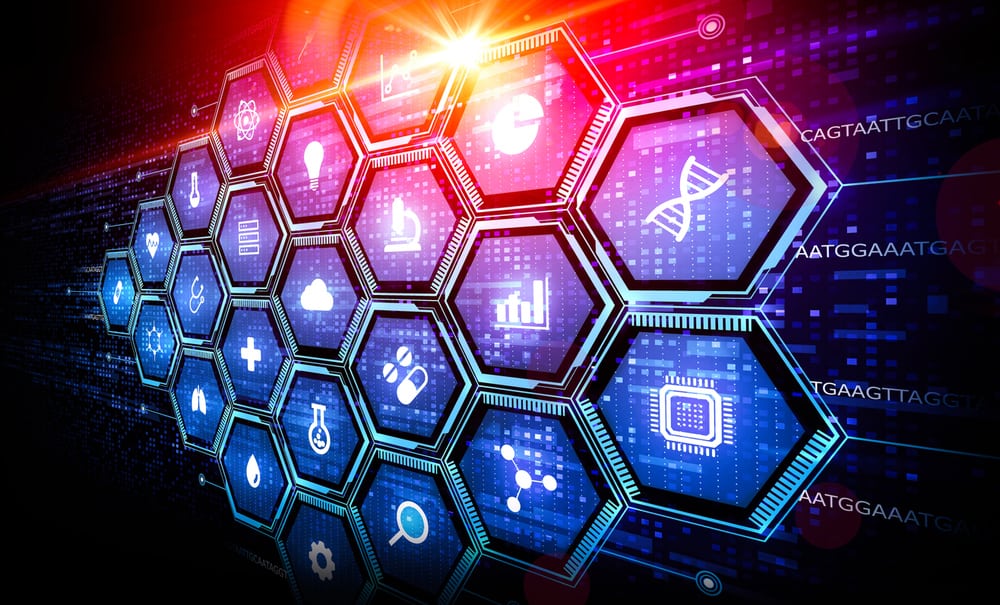Understanding the science behind portable generators helps users make informed decisions about power solutions while ensuring safe and efficient operation. Whether you’re planning for portable generator emergency preparation or selecting equipment for outdoor events, knowing how these machines work is crucial for optimal performance and reliability.
Electromagnetic Induction Fundamentals
The core principle behind all generators is electromagnetic induction, discovered by Michael Faraday in the 1830s. A conductor moving through a magnetic field creates an electrical current. This fundamental principle enables generators to convert mechanical energy into electrical power through controlled motion. The process involves precise interaction between magnetic fields and conducting materials, creating a flow of electrons that we harness as electrical power.
Understanding portable generators load capacity requires grasping how this electromagnetic process scales with different generator sizes and designs. The relationship between magnetic field strength, conductor movement speed, and electrical output forms the foundation of generator sizing and capability calculations.
Core Components and Their Functions
Modern portable generators combine several sophisticated systems to produce reliable power. The engine system converts fuel into mechanical energy through controlled combustion, while electromagnetic components transform this mechanical energy into usable electricity. Each element plays a vital role in power generation, from the initial fuel combustion to the final electrical output.
The rotor and stator assembly form the heart of the generator’s electrical system. These components work together to create and harvest electromagnetic energy efficiently. For optimal performance, consider implementing DuroMax generator fuel efficiency tips to maximize your generator’s output while minimizing fuel consumption.
Power Generation Process
The power generation process involves multiple stages of energy conversion, each crucial for reliable operation. Initial fuel combustion creates mechanical energy in the engine, which drives the generator’s rotor through a precisely engineered coupling system. The rotating magnetic fields interact with carefully wound conductor coils to produce electrical current, while voltage regulation systems ensure stable, usable power output.
Understanding these processes becomes particularly important when choosing portable power for medical devices or smartphones, as different applications require different power quality levels. The sophistication of modern generators allows them to provide clean, stable power suitable for even the most sensitive electronic devices.
Technical Specifications and Power Quality
Generator output quality depends on various factors affecting voltage stability and frequency regulation. Modern generators employ sophisticated systems to maintain consistent power output, which is crucial for sensitive electronics. These systems continuously monitor and adjust output parameters to maintain optimal power quality under varying load conditions.
Voltage regulation systems play a crucial role in maintaining stable power output. These systems compensate for load changes and other factors that might otherwise cause voltage fluctuations. For safe operation, familiarize yourself with portable power safety guidelines and consider necessary portable generator accessories for optimal performance.
Efficiency Factors and Environmental Considerations
Generator efficiency involves complex interactions between mechanical and electrical systems. Fuel type and quality significantly impact performance, while engine condition and maintenance practices affect long-term reliability. The operating environment, including temperature, humidity, and altitude, can substantially influence generator performance and efficiency.
Understanding generator noise levels helps optimize placement for both efficiency and user comfort. Modern designs incorporate various noise reduction technologies while maintaining optimal operating efficiency. Environmental factors such as ambient temperature and airflow affect both noise levels and cooling efficiency.
Modern Innovations and Technological Advances
Recent technological advances have significantly improved portable generator performance through sophisticated electronic control systems and improved mechanical designs. Inverter technology represents a major advancement, providing cleaner power for sensitive electronics through advanced power conditioning circuits. Electronic regulation systems maintain stable output under varying loads, while smart monitoring capabilities enable real-time performance tracking and adjustment.
Fuel efficiency systems have evolved to optimize consumption based on load demands, reducing waste and extending runtime. These innovations contribute to more reliable generator operation and better overall performance. For guidance in selecting the suitable unit incorporating these modern features, consult our guide on how to choose the right portable generator.
Conclusion
Understanding the science behind portable generators enables better decision-making when selecting, operating, and maintaining these essential power sources. Whether for emergency backup, outdoor events, or professional applications, knowledge of generator principles helps ensure reliable performance and safe operation. The combination of fundamental electromagnetic principles with modern technology creates powerful, efficient machines capable of meeting diverse power needs.
Regular maintenance, proper operation within specified parameters, and attention to safety guidelines maximize generator efficiency and lifespan while providing dependable power when needed. As technology continues to advance, understanding these basic principles becomes increasingly important for making informed decisions about portable power solutions.








Leave a Reply